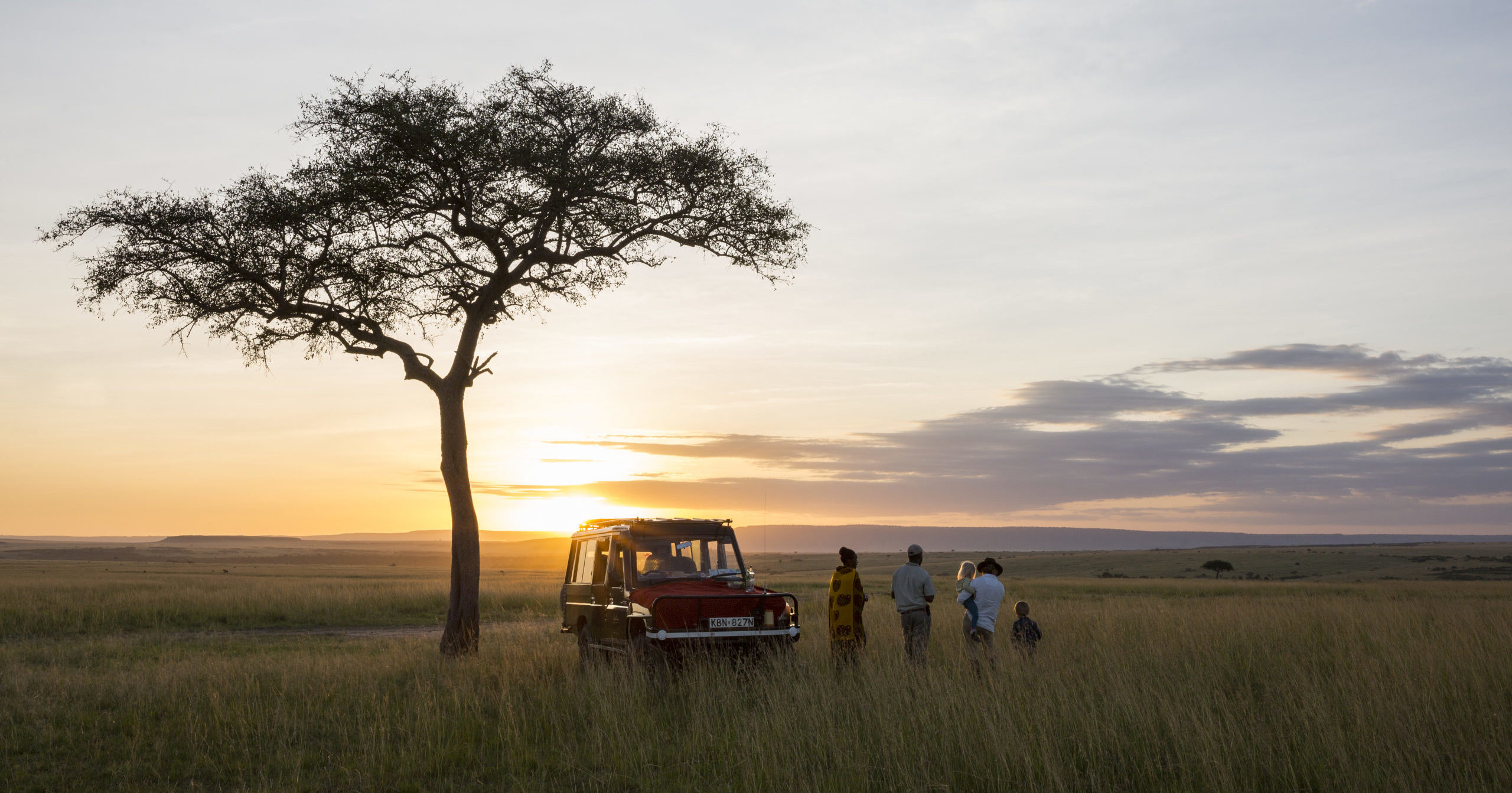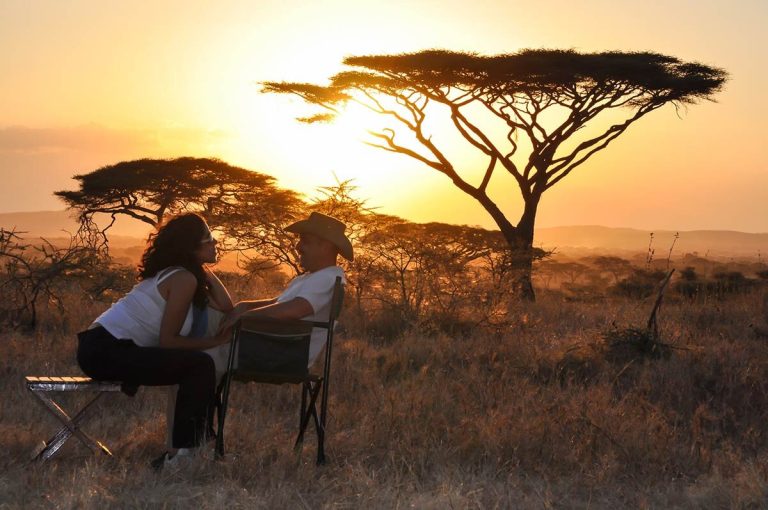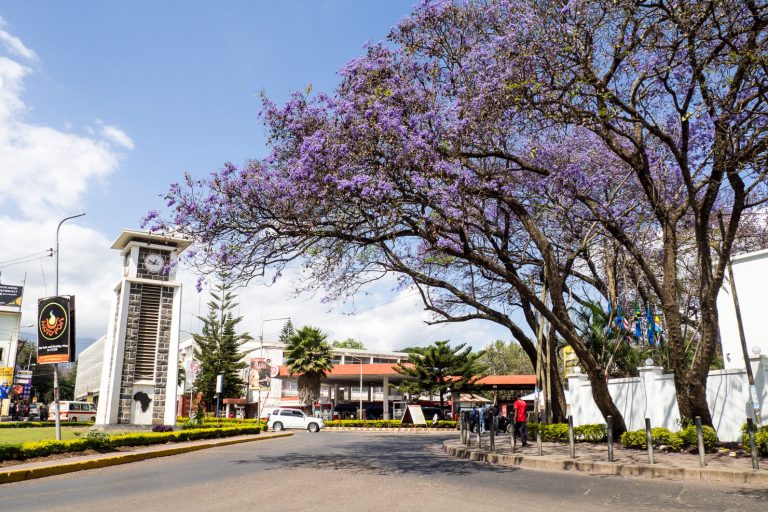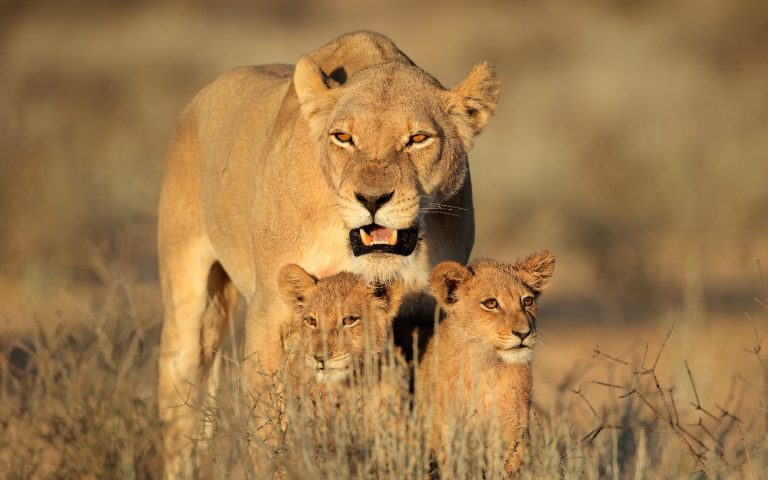Photography Tips for Safari: Capturing the Perfect Shot
Photography Tips for Safari: Capturing the Perfect Shot
A safari presents incredible opportunities to capture stunning wildlife and breathtaking landscapes. To help you make the most of your photography experience, here are essential tips on gear, techniques, and the best times for shooting.
1. Essential Gear
Camera
- DSLR or Mirrorless: These cameras offer versatility and image quality. Look for models with good autofocus systems.
- Zoom Lens: A lens with a focal range of 70-300mm or higher is ideal for wildlife photography, allowing you to capture animals from a distance without disturbing them.
Accessories
- Tripod or Monopod: While a tripod is useful for stability, a monopod is more portable and can be ideal for safari vehicles.
- Extra Batteries and Memory Cards: Wildlife can be unpredictable, so bring extra batteries and ample storage to avoid missing moments.
Protective Gear
- Lens Filters: Use a polarizing filter to reduce glare and enhance colors, especially in bright conditions.
- Rain Cover: Protect your gear from unexpected weather changes with a rain cover or waterproof bag.
2. Techniques for Great Shots
Composition
- Rule of Thirds: Place your subject off-center to create a more dynamic image. This technique can enhance the composition and draw attention to your subject.
- Foreground Interest: Include elements in the foreground to add depth to your images, such as grasses or rocks.
Focus and Exposure
- Fast Shutter Speed: Use a fast shutter speed (1/500s or faster) to freeze action, especially when photographing moving animals.
- Continuous Focus Mode: Set your camera to continuous autofocus (AI Servo or AF-C mode) to track moving subjects effectively.
Lighting
- Golden Hour: The best times for photography are early morning and late afternoon (the golden hour). The soft, warm light enhances colors and reduces harsh shadows.
- Backlighting: Consider shooting into the light for dramatic silhouettes, especially during sunrise or sunset.
3. Best Times for Photography
Early Morning and Late Afternoon
Wildlife is most active during these times, and the lighting conditions are ideal for photography. Plan your game drives accordingly to capture the best moments.
Midday Photography
If you’re out during midday, look for opportunities to capture animals resting in the shade. You can also focus on landscape photography, showcasing the park’s beauty.
4. Be Ready for Action
Anticipate Behavior
Familiarize yourself with the behaviors of the animals you hope to see. For example, if you know lions are likely to hunt at dusk, be ready for action shots during that time.
Stay in Your Vehicle
Most parks require you to remain in your vehicle while on safari. Use this to your advantage—stay low in your seat for a better angle and avoid being seen by wildlife.
5. Post-Processing Tips
Editing Software
Use software like Adobe Lightroom or Photoshop to enhance your images. Adjusting exposure, contrast, and colors can elevate your shots significantly.
Cropping
Don’t hesitate to crop your images to improve composition. Focus on your subject and eliminate distractions.
Conclusion
Capturing the perfect shot on safari requires a combination of the right gear, techniques, and timing. By preparing adequately and being mindful of your surroundings, you can create stunning images that tell the story of your incredible adventure in the wild. Enjoy the journey, and happy shooting!





